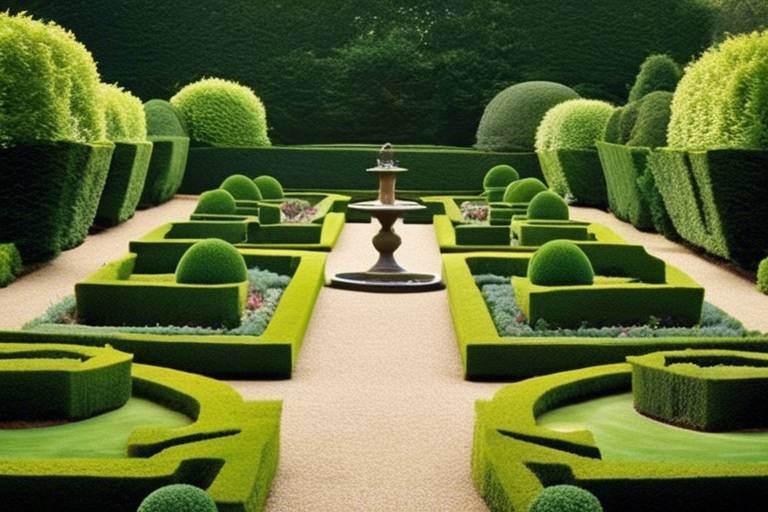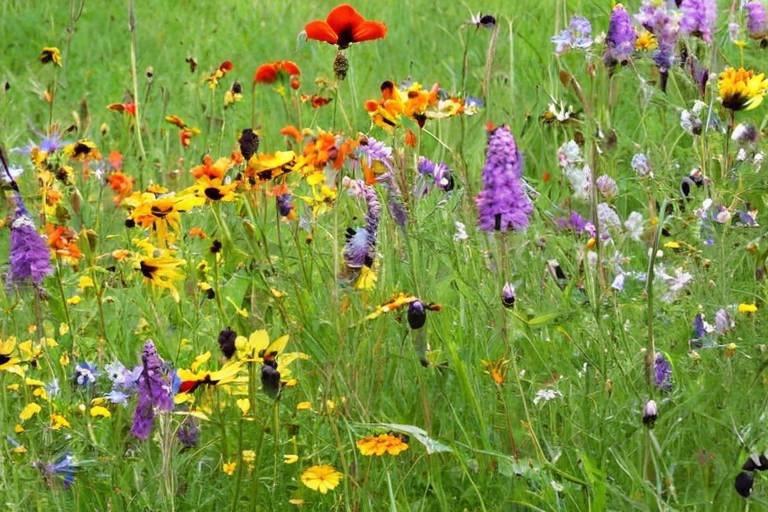Best Tips for Growing Rhubarb in Your Garden
Growing rhubarb in your garden can be a rewarding experience, providing you with a fresh and tangy addition to your culinary endeavors. To ensure successful growth and a bountiful harvest, it's essential to follow some best practices and tips specifically tailored for this unique plant.
One of the first steps in growing rhubarb is selecting the right variety for your garden. With various types available, it's crucial to choose one that suits your climate, space availability, and culinary preferences. Whether you opt for the classic 'Victoria' variety or a more vibrant 'Cherry Red,' selecting the right type sets the foundation for a successful rhubarb garden.
Before planting, preparing the site is key to ensuring optimal growth. Rhubarb thrives in well-draining soil with plenty of organic matter, so be sure to amend your soil accordingly. Additionally, providing ample sunlight exposure and spacing out your plants adequately will promote healthy development and robust stalk production.
When it comes to planting rhubarb crowns, timing is crucial. Planting in early spring or fall is ideal, ensuring the crowns have enough time to establish themselves before the growing season kicks in. Digging a hole of the right depth and spacing out the crowns properly will set your plants up for success.
Watering and fertilizing are essential aspects of rhubarb care. Consistent watering, especially during dry spells, and providing a balanced fertilizer throughout the growing season will encourage strong root development, lush foliage, and abundant stalk production.
Pests and diseases can pose a threat to your rhubarb plants, but with proper management, you can keep them at bay. By employing organic methods and keeping an eye out for common issues like aphids or crown rot, you can protect your plants without resorting to harmful chemicals.
Knowing when and how to harvest rhubarb is crucial for maintaining a healthy plant. Look for signs that indicate the stalks are ready, such as vibrant color and firm texture. Properly cutting the stalks at the base and storing them correctly will ensure a steady supply of fresh rhubarb for your recipes.
Dividing and propagating rhubarb is a great way to expand your garden or share plants with fellow enthusiasts. By dividing mature plants at the right time and caring for the newly propagated ones, you can create a sustainable rhubarb garden for years to come.
As the growing season comes to a close, it's essential to prepare your rhubarb plants for winter. Providing adequate protection from harsh weather conditions and ensuring proper maintenance will set the stage for a healthy return in the following year.
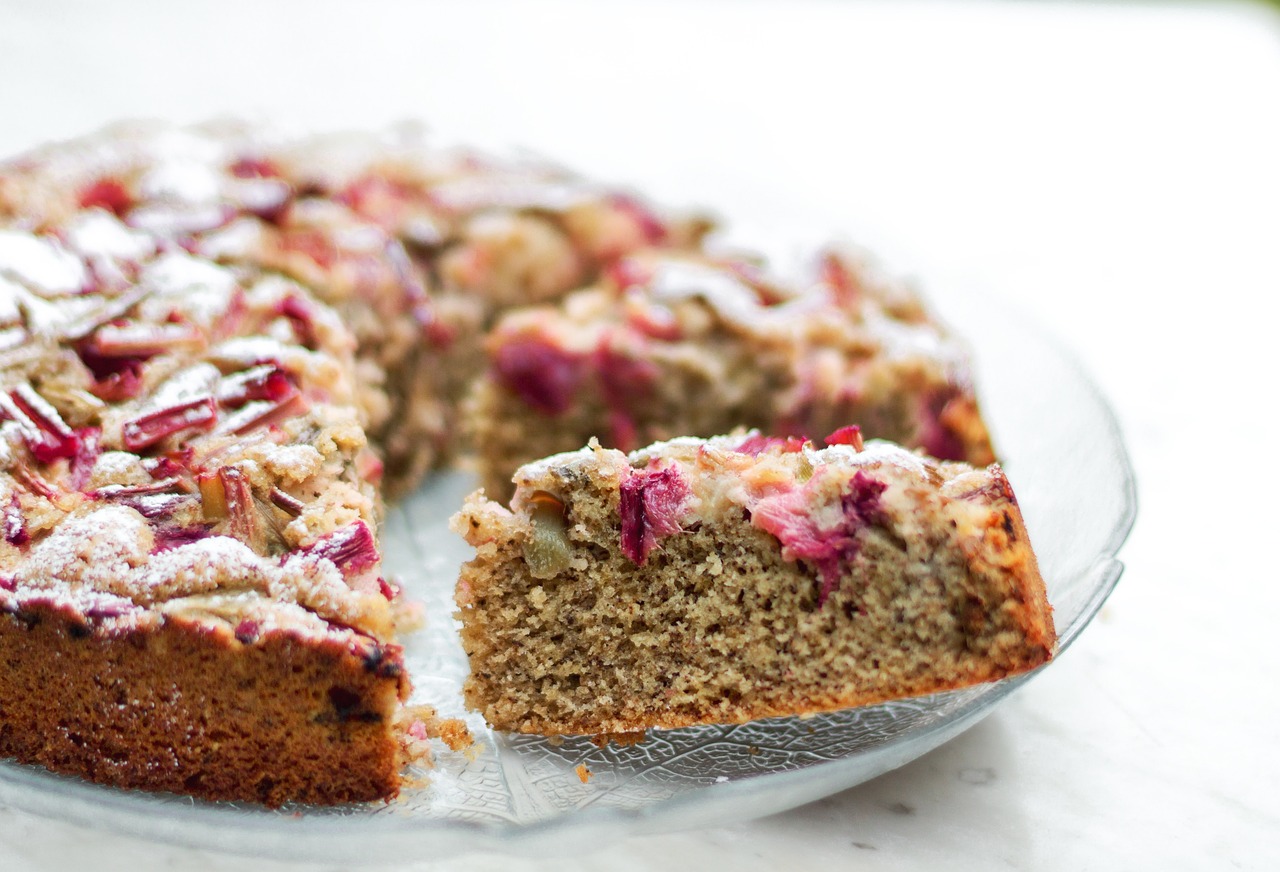
Choosing the Right Rhubarb Variety
When it comes to choosing the right rhubarb variety for your garden, there are several factors to consider to ensure successful growth and a bountiful harvest. Different rhubarb varieties offer unique characteristics that may suit your specific needs based on your climate, available space, and culinary preferences.
One of the most popular rhubarb varieties is 'Victoria,' known for its excellent flavor and reliable performance in various growing conditions. This variety is a favorite among gardeners for its robust stalks and resistance to diseases.
If you prefer a more compact rhubarb plant that is ideal for smaller gardens or containers, 'Timperley Early' is a great choice. This variety produces tender stalks early in the season, perfect for those eager to start harvesting rhubarb sooner.
For those seeking a rhubarb variety with a striking appearance, 'Champagne' is a standout option with its vibrant pink stalks that add a pop of color to your garden. This variety not only looks beautiful but also offers a pleasant flavor that is well-suited for both sweet and savory dishes.
When selecting a rhubarb variety, consider the climate of your region. Some varieties, such as 'Glaskins Perpetual,' are better suited for milder climates, while others like 'Canada Red' are more cold-hardy and can withstand harsh winters.
Ultimately, the best rhubarb variety for your garden will depend on your individual preferences and growing conditions. Whether you prioritize flavor, appearance, or ease of maintenance, there is a rhubarb variety out there that is perfect for you.
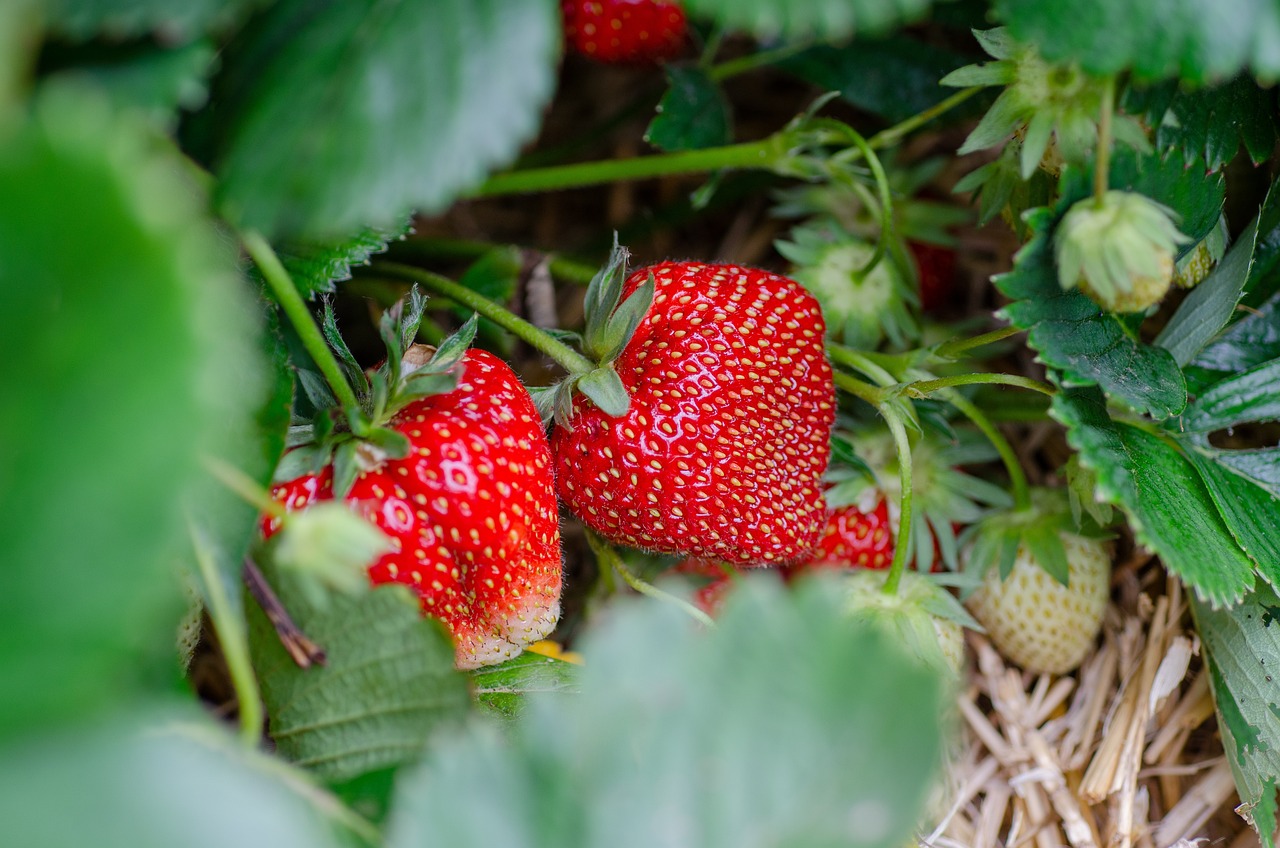
Preparing the Planting Site
When it comes to preparing the planting site for your rhubarb, there are several key factors to consider to ensure the optimal growth and health of your plants. One of the most critical aspects is selecting the right location with the ideal conditions for rhubarb to thrive. Rhubarb plants prefer well-draining soil that is rich in organic matter, so it's essential to amend the soil with compost or well-rotted manure before planting.
In addition to soil quality, sunlight exposure plays a crucial role in the success of your rhubarb crop. Choose a spot in your garden that receives at least 6-8 hours of sunlight per day for optimal growth. While rhubarb can tolerate some shade, it will produce more robust stalks with sufficient sunlight.
Spacing is another important consideration when preparing the planting site for rhubarb. Make sure to plant your rhubarb crowns at least 3-4 feet apart to allow for adequate air circulation and prevent overcrowding. This spacing also helps reduce the risk of disease and promotes healthier plants.
Consider creating a raised bed for your rhubarb plants if your soil has poor drainage or is prone to waterlogging. Raised beds can improve drainage and prevent waterlogged roots, which can lead to rot and other issues. Additionally, raised beds can help control weeds and make it easier to maintain your rhubarb patch.
Lastly, before planting, it's a good idea to conduct a soil test to check the pH level of your soil. Rhubarb prefers slightly acidic soil with a pH range of 6.0-6.8. If your soil is too acidic or alkaline, you can adjust it by adding lime to raise the pH or sulfur to lower it. Maintaining the correct pH level will help your rhubarb plants absorb nutrients more effectively and promote healthy growth.
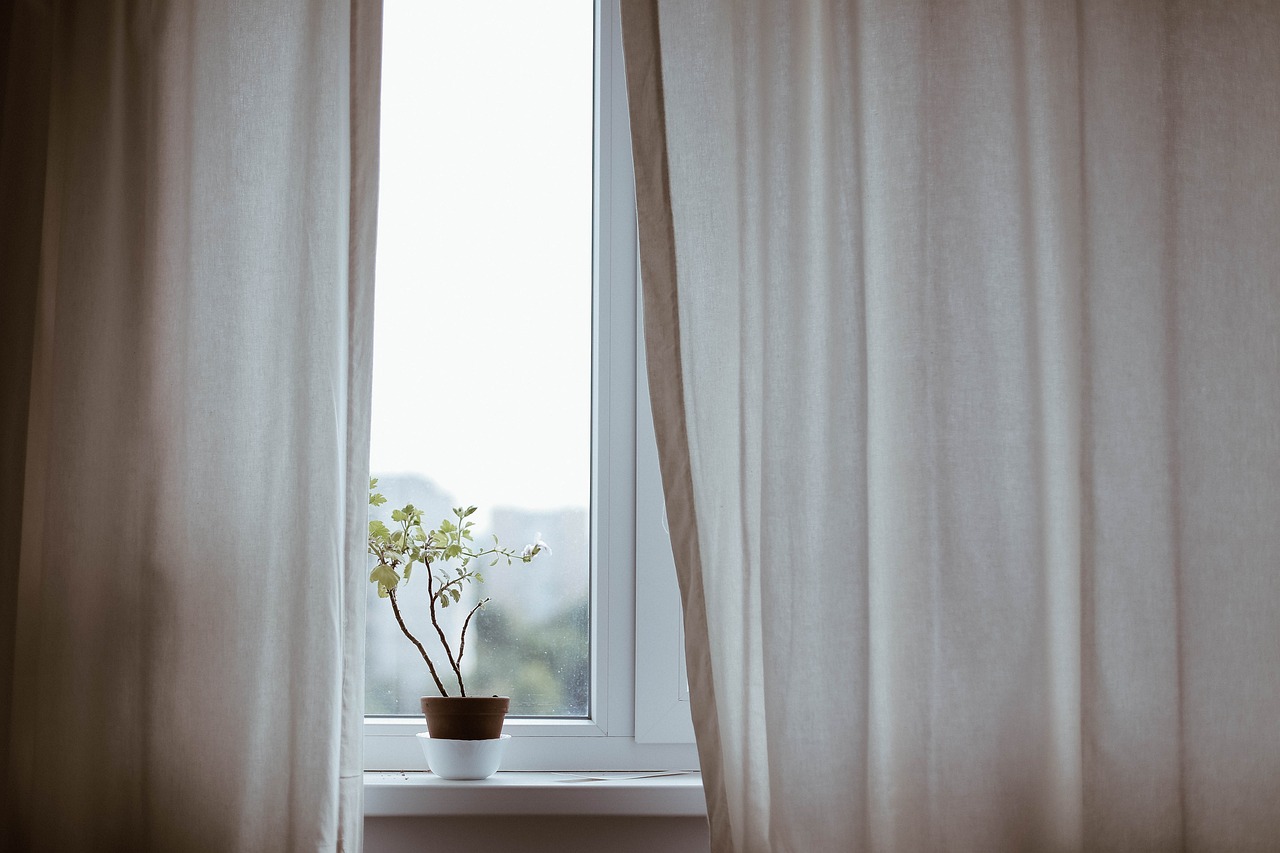
Planting Rhubarb Crowns
Planting rhubarb crowns is a crucial step in establishing healthy and productive rhubarb plants in your garden. Rhubarb crowns are the root systems of the plant that contain the buds from which new shoots will emerge. To ensure successful growth, it is important to plant rhubarb crowns correctly.
When planting rhubarb crowns, choose a well-drained location with nutrient-rich soil that receives ample sunlight. Rhubarb plants thrive in fertile, slightly acidic soil with a pH level between 6.0 and 6.8. Before planting, amend the soil with compost or well-rotted manure to improve its fertility and drainage.
Prepare the planting site by digging a hole that is wide and deep enough to accommodate the rhubarb crown. Place the crown in the hole with the buds facing upwards and cover it with soil, leaving the top of the crown slightly exposed. Ensure that the soil is firmly packed around the crown to provide stability.
Spacing is essential when planting rhubarb crowns to allow for proper root development and growth. Space the crowns at least 3 feet apart to provide adequate room for the plants to spread out as they mature. This spacing also helps prevent overcrowding, which can lead to competition for nutrients and hinder growth.
Water the newly planted rhubarb crowns thoroughly to settle the soil around the roots and provide moisture for establishment. Keep the soil consistently moist but not waterlogged during the initial growth period to support root development. Avoid overwatering, as rhubarb plants are susceptible to root rot in soggy conditions.
After planting, mulch around the rhubarb crowns with organic material such as straw or compost to retain soil moisture, suppress weeds, and regulate soil temperature. Mulching also helps protect the crowns from temperature fluctuations and frost damage, especially in colder climates.
As the rhubarb plants grow, monitor their progress and adjust care practices as needed. Regularly check the soil moisture levels and fertilize the plants with a balanced fertilizer to promote healthy growth and abundant harvests. With proper planting and care, your rhubarb crowns will thrive and provide you with delicious stalks for years to come.
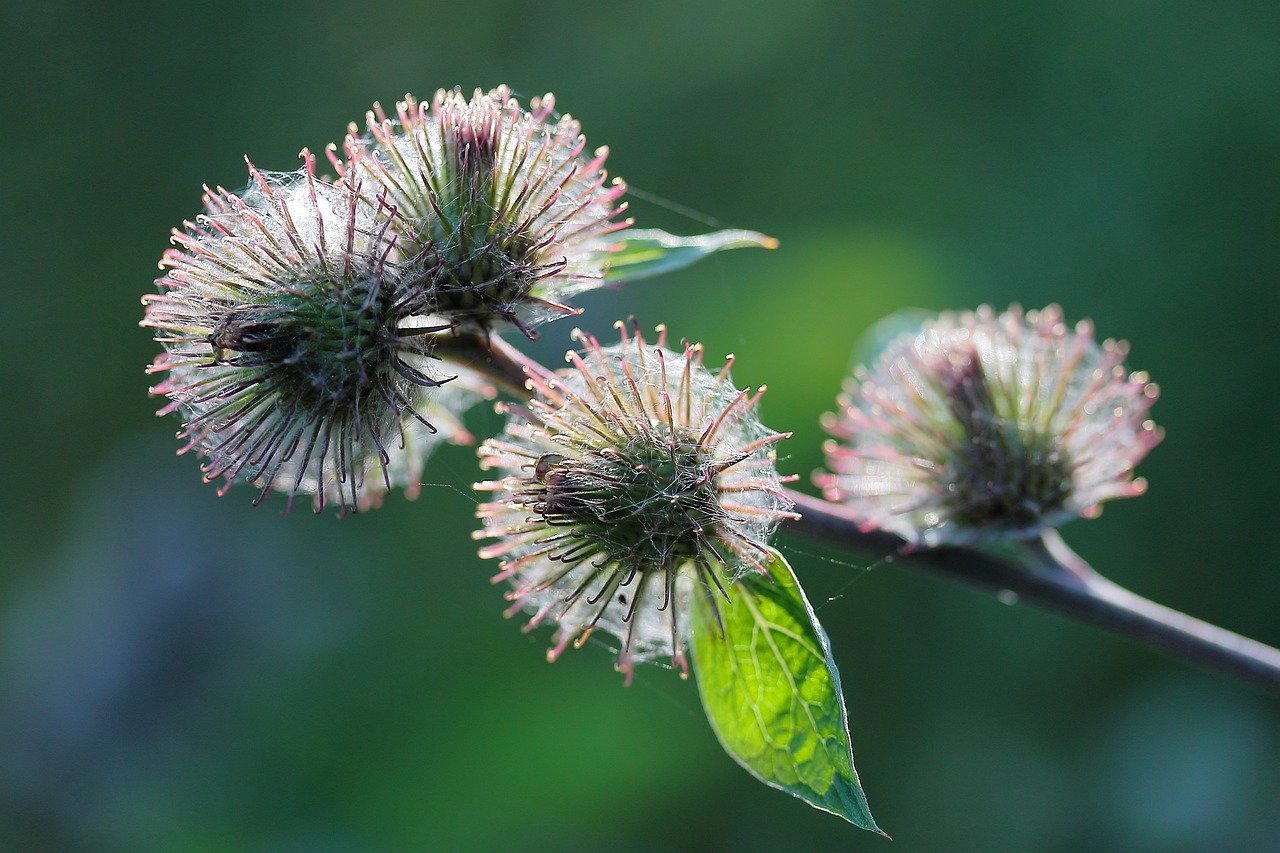
Watering and Fertilizing Tips
When it comes to watering and fertilizing your rhubarb plants, it's essential to strike the right balance to ensure their optimal growth and productivity. Rhubarb plants have specific needs when it comes to moisture and nutrients, and meeting these requirements is crucial for their overall health and vigor.
First and foremost, let's talk about watering. Rhubarb plants prefer consistently moist soil, but they do not like to sit in waterlogged conditions. It's important to water deeply and infrequently, allowing the soil to dry out slightly between waterings. A good rule of thumb is to provide about 1 to 1.5 inches of water per week, either through rainfall or manual watering.
When it comes to fertilizing, rhubarb plants benefit from a balanced fertilizer applied in early spring as new growth emerges. A 10-10-10 fertilizer or a similar balanced formula works well for rhubarb. Avoid over-fertilizing, as this can lead to excessive foliage growth at the expense of stalk production.
Additionally, organic matter such as compost can be beneficial for rhubarb plants. Adding compost around the base of the plants in the spring can help enrich the soil and provide a slow release of nutrients throughout the growing season.
Remember to monitor your rhubarb plants regularly to assess their moisture levels and nutrient needs. Adjust your watering and fertilizing routine as needed based on the specific conditions in your garden and the growth stage of your plants. By providing the right amount of water and nutrients, you can ensure that your rhubarb plants thrive and produce bountiful harvests.

Managing Pests and Diseases
When it comes to growing rhubarb in your garden, one of the key challenges that gardeners face is managing pests and diseases that can potentially harm the plants. These unwanted visitors can wreak havoc on your rhubarb crop if left unchecked, leading to stunted growth, damaged foliage, and reduced harvest yields. Therefore, it is crucial to be proactive in identifying and addressing any pest or disease issues that may arise.
One common pest that gardeners encounter when growing rhubarb is the rhubarb curculio, a type of weevil that feeds on the plant's leaves and stems. These pests can cause significant damage if not controlled early on. To prevent infestations, consider using physical barriers such as row covers to protect your rhubarb plants or introducing natural predators like ladybugs that feed on the curculio.
Another pest to watch out for is the rhubarb crown borer, a type of moth whose larvae tunnel into the rhubarb crowns, causing wilting and eventual death of the plant. To combat this pest, inspect your rhubarb plants regularly for any signs of infestation, such as wilting or holes in the crowns, and remove any affected plants promptly to prevent the spread of the borer.
When it comes to diseases, rhubarb plants are susceptible to fungal infections such as powdery mildew and crown rot, which can weaken the plants and reduce their overall health. To prevent fungal diseases, ensure proper air circulation around your rhubarb plants by spacing them adequately and avoiding overhead watering, which can create a damp environment ideal for fungal growth.
Additionally, practicing good garden hygiene by removing any fallen leaves or debris from around your rhubarb plants can help reduce the risk of fungal infections. If you notice any signs of disease on your rhubarb plants, such as discolored or spotted leaves, consider applying organic fungicides or neem oil to help combat the infection and protect the plants.
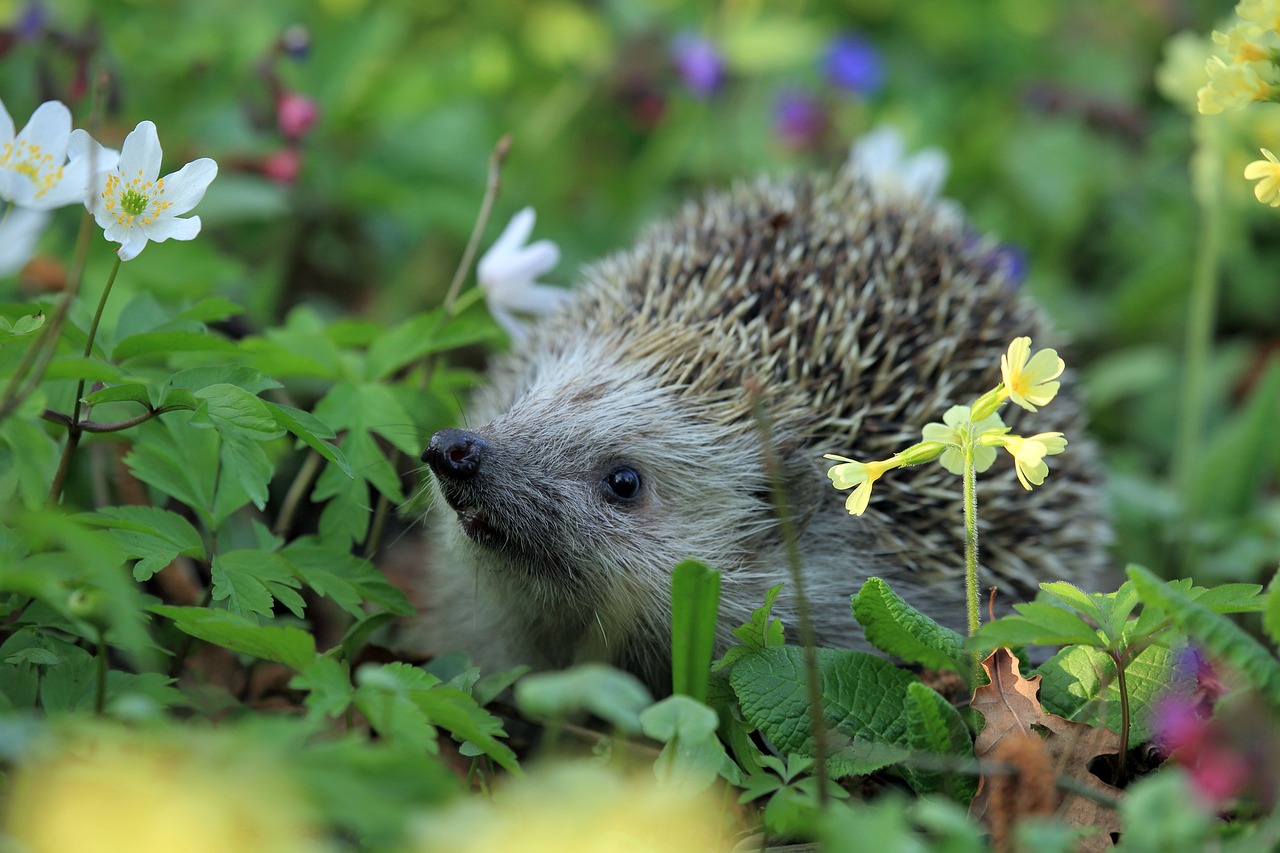
Harvesting Rhubarb Stalks
When it comes to harvesting rhubarb stalks, timing is key to ensure you get the best flavor and texture from your crop. The general rule of thumb is to wait until the stalks are thick and firm, typically around 12 to 18 inches long. Avoid harvesting rhubarb stalks in the first year after planting to allow the plant to establish itself and develop a strong root system.
Before harvesting, it's essential to grasp the stalk firmly near the base and pull it away from the plant with a gentle, twisting motion. Never cut the stalks with a knife, as this can leave behind a stub that may rot and attract pests. Remember to leave at least a third of the stalks on the plant to ensure the rhubarb continues to grow and thrive.
Once you have harvested your rhubarb stalks, it's best to store them in the refrigerator wrapped in a damp paper towel or plastic bag to retain their freshness and crispness. Rhubarb stalks can also be frozen for later use in pies, jams, or compotes, allowing you to enjoy the tangy flavor of rhubarb all year round.
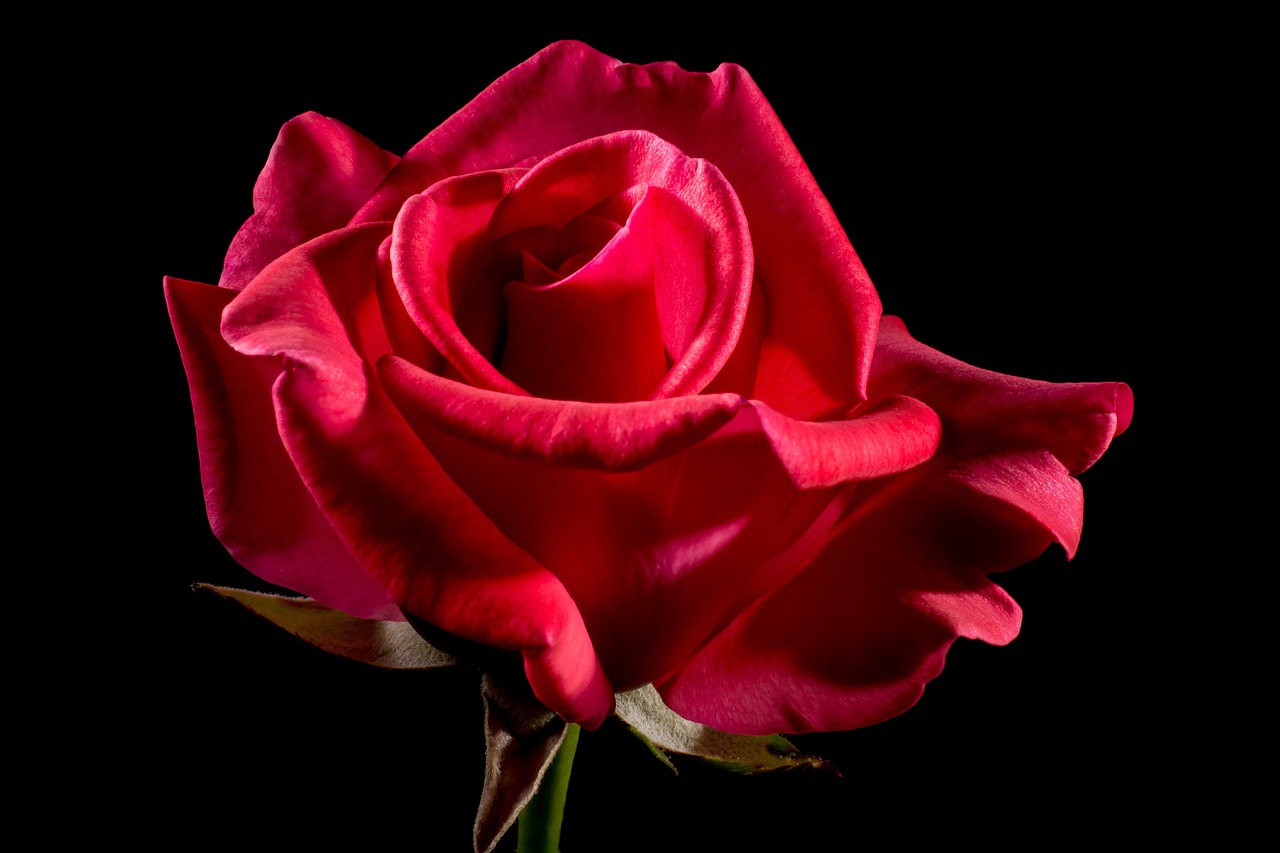
Dividing and Propagating Rhubarb
Dividing and propagating rhubarb is a rewarding process that allows you to expand your rhubarb patch and share the joy of growing this versatile plant with others. When it comes to dividing rhubarb, timing is crucial. The best time to divide mature rhubarb plants is in early spring or late autumn when the plant is dormant. This ensures minimal stress on the plant and gives the divided sections the best chance to establish themselves.
Before dividing the rhubarb plant, prepare the new planting site by enriching the soil with well-rotted manure or compost. Dig a generous hole and ensure that the soil is loose and well-draining to promote healthy root development. Carefully lift the mature rhubarb plant from the ground, making sure to preserve as much of the root system as possible.
Once the plant is lifted, gently separate the rhizomes or crowns into sections, making sure that each section has healthy roots and at least one bud. It's essential to handle the roots with care to prevent damage and ensure successful propagation. Plant the divided sections in the prepared holes at the same depth as they were originally growing, ensuring that the buds are facing upwards.
After planting, water the divided rhubarb plants thoroughly to help settle the soil around the roots and provide essential moisture for growth. Regular watering is crucial in the initial stages to support the establishment of the divided sections. Additionally, applying a layer of mulch around the plants can help retain moisture and suppress weed growth.
As the divided rhubarb plants begin to grow, monitor their progress closely and provide regular care, including fertilizing as needed and protecting them from pests and diseases. With proper attention and maintenance, the newly propagated rhubarb plants will establish themselves and reward you with a bountiful harvest in the seasons to come.
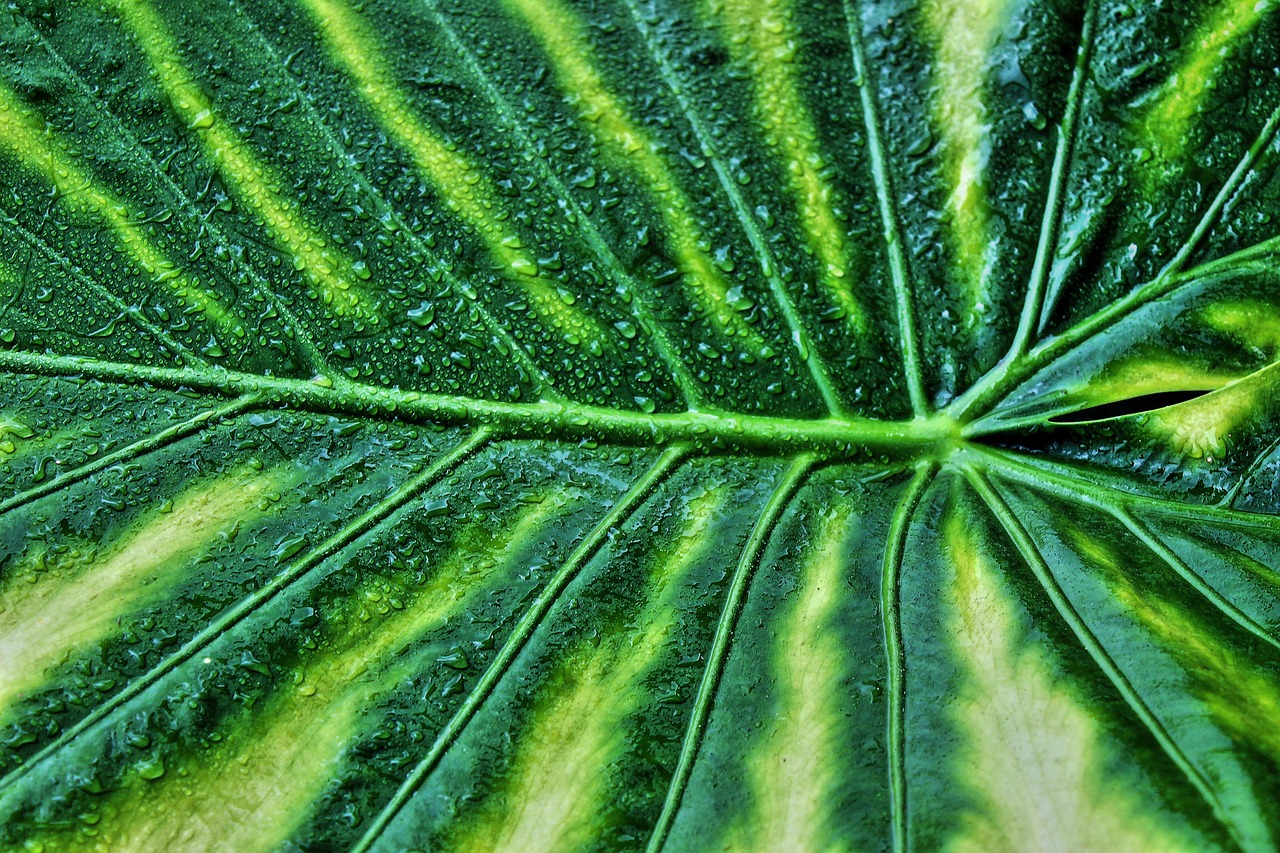
Winter Care and Maintenance
Winter is a critical time for rhubarb plants as they go dormant and need special care to survive the cold months and thrive in the next growing season. Proper winter care and maintenance can make all the difference in the health and productivity of your rhubarb patch. One essential aspect of winter care is to protect the plants from freezing temperatures, which can damage the crowns and hinder growth in the spring. Insulating the rhubarb crowns with a thick layer of mulch, such as straw or compost, can help maintain a stable soil temperature and shield the plants from frost.
In addition to protecting the crowns, it's important to ensure that the rhubarb plants receive adequate moisture during the winter months. While the plants are not actively growing, they still need some water to prevent dehydration. Be mindful of dry spells and water the plants lightly if the soil becomes too dry. However, avoid overwatering, as waterlogged soil can lead to root rot and other issues.
Another crucial aspect of winter care is to clean up the rhubarb patch before the onset of winter. Remove any dead leaves, debris, or weeds around the plants to prevent pests and diseases from overwintering in the garden. This tidying up not only improves the overall appearance of the garden but also reduces the risk of pest infestations and disease outbreaks in the spring.
During the winter months, it's also a good idea to monitor the rhubarb plants for any signs of stress or damage. Check for rodent activity, frost heaving, or other issues that may affect the health of the plants. If necessary, provide additional protection, such as covering the plants with a breathable fabric or installing a temporary shelter to shield them from harsh weather conditions.
Lastly, consider applying a balanced fertilizer in late winter or early spring to provide the rhubarb plants with essential nutrients for a strong start to the new growing season. A slow-release fertilizer high in potassium can help promote robust growth and enhance the overall health of the plants. Remember to follow the recommended dosage and application instructions to avoid overfertilizing, which can harm the plants.
Frequently Asked Questions
- What is the best variety of rhubarb to grow in my garden?
There are several popular rhubarb varieties to choose from, such as Victoria, Timperley Early, and Glaskins Perpetual. The best variety for your garden depends on factors like your climate, available space, and personal taste preferences.
- How often should I water my rhubarb plants?
Rhubarb plants require regular watering, especially during dry periods. It's generally recommended to water deeply once a week, ensuring the soil is consistently moist but not waterlogged. Adjust watering frequency based on weather conditions and soil moisture levels.
- What are common pests and diseases that affect rhubarb?
Common pests that may target rhubarb include aphids, slugs, and snails, while diseases like crown rot and powdery mildew can also pose threats. Implementing proper garden hygiene, regular inspection, and organic pest control methods can help prevent and manage these issues effectively.
- When is the best time to harvest rhubarb stalks?
Rhubarb stalks are typically ready for harvest in spring once they reach a suitable size, usually around 10-15 inches long. To harvest, gently pull the stalks from the base, avoiding damage to the plant. Remember to leave some stalks to support the plant's growth.
- How can I protect my rhubarb plants during winter?
Winter care for rhubarb involves cutting back the foliage after the first frost, applying a layer of mulch around the base of the plant, and covering with a protective material like burlap. These measures help insulate the plants from freezing temperatures and ensure their survival until the next growing season.







